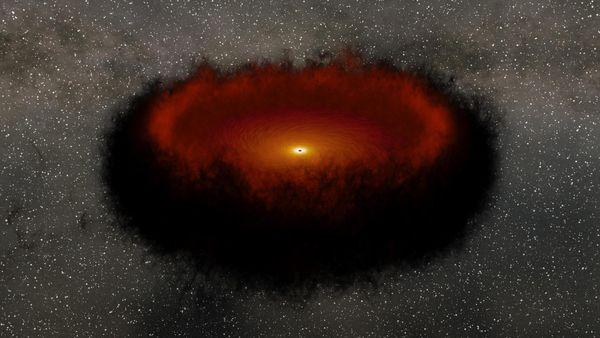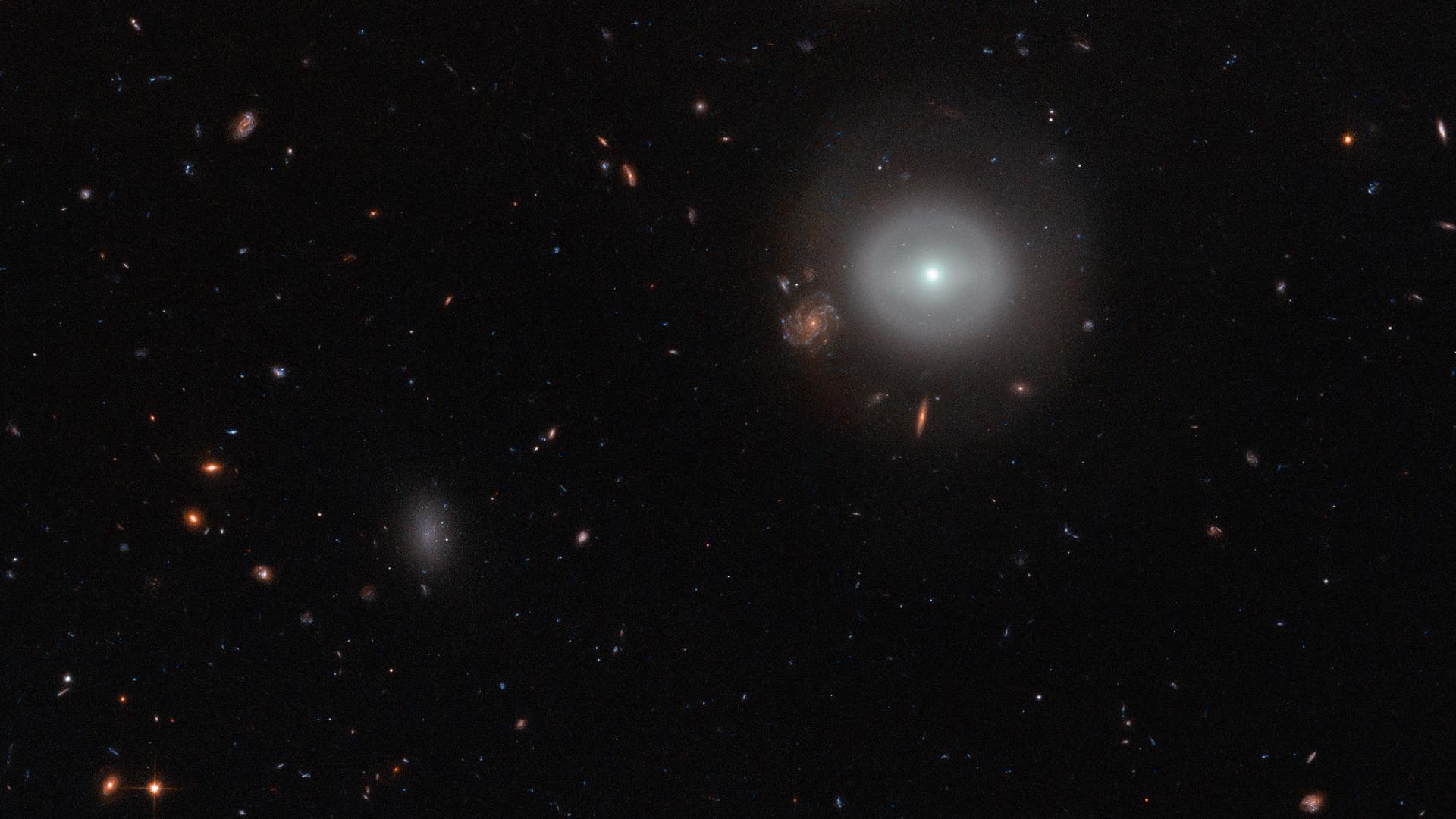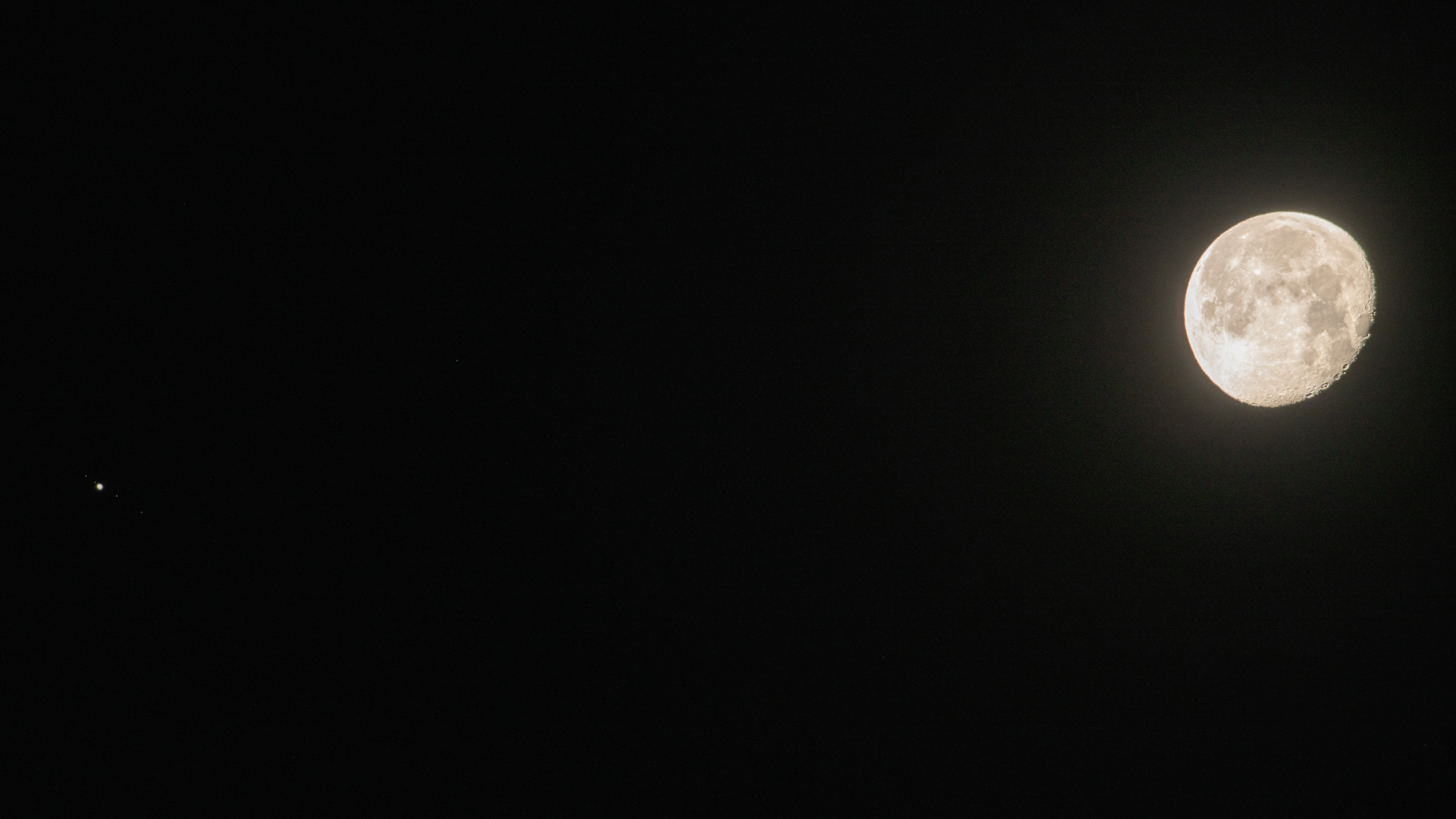Black hole singularities defy physics. New research could finally do away with them.
Black hole singularities defy the laws of physics. New research presents a bold solution to this puzzle: Black holes may actually be a theoretical type of star called a 'gravastar,' filled with universe-expanding dark energy.

Black holes are some of the most enigmatic objects in the universe, capable of deforming the fabric of space around them so violently that not even light can escape their gravitational grip. But it turns out, much of what scientists know about these mysterious objects could be wrong.
According to new research, published in April in the journal Physical Review D, black holes could actually be entirely different celestial entities known as gravastars.
"Gravastars are hypothetical astronomical objects that were introduced [in 2001] as alternatives to black holes," study co-author João Luís Rosa, a professor of physics at the University of Gdańsk in Poland, told Live Science in an email. "They can be interpreted as stars made of vacuum energy or dark energy: the same type of energy that propels the accelerated expansion of the universe."
Resolving black hole paradoxes with gravastars
Karl Schwarzschild, a German physicist and astronomer, first predicted black holes in 1915, based on calculations using Albert Einstein's general theory of relativity.
Over the years, astronomical observations have seemingly confirmed the existence of objects resembling black holes. However, Schwarzschild's description of these space bodies has some shortcomings.
In particular, the center of a black hole is predicted to be a point of infinitely high density, called a singularity, where all the mass of the black hole is concentrated, but fundamental physics teaches us that infinities do not exist, and their appearance in any theory signals its inaccuracy or incompleteness.
"These problems indicate that something is either wrong or incomplete in the black hole model, and that the development of alternative models is necessary," Rosa said. "The gravastar is one of many alternative models proposed. The main advantage of gravastars is that they do not have singularities."
Breaking space news, the latest updates on rocket launches, skywatching events and more!
Related: Newfound 'glitch' in Einstein's relativity could rewrite the rules of the universe, study suggests
Like ordinary black holes, gravastars should arise at the final stage of the evolution of massive stars, when the energy released during thermonuclear combustion of the matter inside them is no longer enough to overcome the force of gravity, and the star collapses into a much denser object. But in contrast to black holes, gravastars are not expected to have any singularities and are thought to be thin spheres of matter whose stability is maintained by the dark energy contained within them.
To find out if gravastars are viable alternatives to singular black holes, Rosa and his colleagues examined the interaction of particles and radiation with these hypothetical objects.
Using Einstein's theory, the authors examined how the huge masses of hot matter that surround supermassive black holes would appear if these black holes were actually gravastars. They also scrutinized the properties of "hot spots" — gigantic gas bubbles orbiting black holes at near-light speeds.
Their findings revealed striking similarities between the matter emissions of gravastars and black holes, suggesting that gravastars don't contradict scientists' experimental observations of the universe. Moreover, the team discovered that a gravastar itself should appear almost like a singular black hole, creating a visible shadow.
"This shadow is not caused by the trapping of light in the event horizon, but by a slightly different phenomenon called the 'gravitational redshift,' causing light to lose energy when it moves through a region with a strong gravitational field," Rosa said. "Indeed, when the light emitted from regions close to these alternative objects reach[es] our telescopes, most of its energy would have been lost to the gravitational field, causing the appearance of this shadow."
The striking resemblances between Schwarzschild's black hole model and gravastars highlight the latter's potential as a realistic alternative, free from the theoretical pitfalls of singularities.
However, this theory needs to be backed up with experiments and observations, which the study authors believe may soon be carried out. While gravastars and singular black holes might behave similarly in many respects, subtle differences in emitted light could potentially distinguish them.
"To test our results experimentally, we are counting on the next generation of observational experiments in gravitational physics," Rosa said, referring to the black hole-hunting Event Horizon Telescope and the GRAVITY+ instrument being added to the Very Large Telescope in Chile. "These two experiments aim to observe closely what happens near the center of galaxies, in particular, our own Milky Way."

Andrey got his B.Sc. and M.Sc. degrees in elementary particle physics from Novosibirsk State University in Russia, and a Ph.D. in string theory from the Weizmann Institute of Science in Israel. He works as a science writer, specializing in physics, space, and technology. His articles have been published in Elements, N+1, and AdvancedScienceNews.


